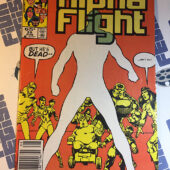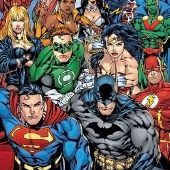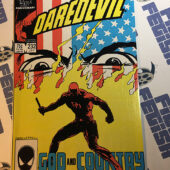




When the first Star Wars films came along, they filled a collective need. Movies had gotten too serious — too much realism, not enough escapism. It was a time when audiences wanted to escape from the headlines – as we still do – and return to moral, and cinematic, simplicity. George Lucas delivered the goods.
 Watching the first two installments in the series again (Star Wars and The Empire Strikes Back, also the two best films in the series), the most noticeable thing about them is all the ideas that went into them. Lightsaber duels, the Force, model spaceships, Darth Vader’s heavy breathing, droids that deliver annoying repartee, aliens that look like Sasquatch and giant frogs, and wisecracking antiheroes like Harrison Ford’s Han Solo – all these things have entered our cultural consciousness. But the makers of the original Star Wars had to think up all these things (or borrow them from non-sci-fi genres).
Watching the first two installments in the series again (Star Wars and The Empire Strikes Back, also the two best films in the series), the most noticeable thing about them is all the ideas that went into them. Lightsaber duels, the Force, model spaceships, Darth Vader’s heavy breathing, droids that deliver annoying repartee, aliens that look like Sasquatch and giant frogs, and wisecracking antiheroes like Harrison Ford’s Han Solo – all these things have entered our cultural consciousness. But the makers of the original Star Wars had to think up all these things (or borrow them from non-sci-fi genres).
The other amazing quality of the first Star Wars is its pacing. All action movies since Star Wars have emulated Lucas’ flawless direction and the script which perfectly blended action and romance, blaster battles and backstory. As for the acting, well, it wasn’t great, with the obvious exceptions of veterans Peter Cushing and, especially, Alec Guinness, who created a remarkable character in Obi-Wan Kenobi. (Supposedly, Guinness thought the whole thing was silly, but he was too much of a professional not to bring his trademark dignity to the role.) The acting wasn’t supposed to be great – the Star Wars films were a homage to a genre which was not high art, and not supposed to be.
Watching the two installments from the more recent trilogy, the obvious question is how Lucas lost his touch. The childish touches of The Phantom Menace and Attack of the Clones didn’t bother me. After all, kids are a big part of the audience, and it’s not Lucas’ fault if some of his adult fans take his movies a lot more seriously than he does. (In the interim between the first Star Wars movies and the second trilogy, a huge literary industry grew up around the saga, apparently leaving George Lucas behind.) The problems with Lucas’ recent movies, ironically, are errors that Lucas shouldn’t make: They are poorly directed, poorly plotted, and the pacing and tone are off. And the computer-generated special effects aren’t believable – they actually look less real than the cheesy animated models and plastic models of the first trilogy!
In fact, the first sign that something was wrong was Lucas’ re-release of the original trilogy, including this film, on VHS/DVD with CGI effects added. The new additions are mostly backgrounds, such as the Tatooine spaceport and the Bespin cloud city, but they still manage to destroy the precarious effect of a galaxy far, far away that the original films achieved.
 In spite of that caveat, the original Star Wars movies are one cultural phenomenon that are worth the hype. They are better than their imitators, and it will be a long time before people get tired of watching them.
In spite of that caveat, the original Star Wars movies are one cultural phenomenon that are worth the hype. They are better than their imitators, and it will be a long time before people get tired of watching them.
Aka Star Wars: Episode IV – A New Hope.
Review by David Bezanson © 1999 filmcritic.com






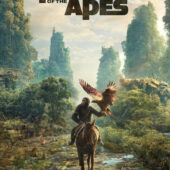

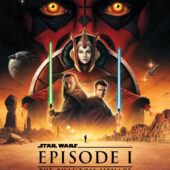


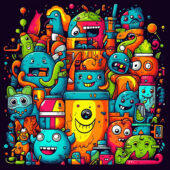









![Musician and Actress Cher Photo [221010-5]](https://www.filmfetish.com/img/p/2022/10/221010-5-cher-11x85-web-170x170.jpg)
![Madison Square Garden New York City (1950s) Photo [220417-7]](https://www.filmfetish.com/img/p/2022/10/220417-7-madison-square-garden-11x85-web-170x170.jpg)
![Vintage Hot Rod Pink Auto Interior With Dice Photo [221110-12]](https://www.filmfetish.com/img/p/2022/11/221110-12-automotive-11x85-web-170x170.jpg)
![View of Chicago Loop Chicago and State Lake Theatres (1967) Photo [210907-156]](https://www.filmfetish.com/img/p/2022/11/210907-156-chicago-loop-theaters-11x85-web-170x170.jpg)







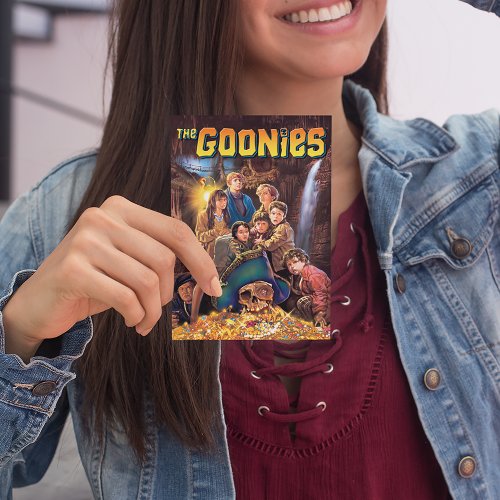

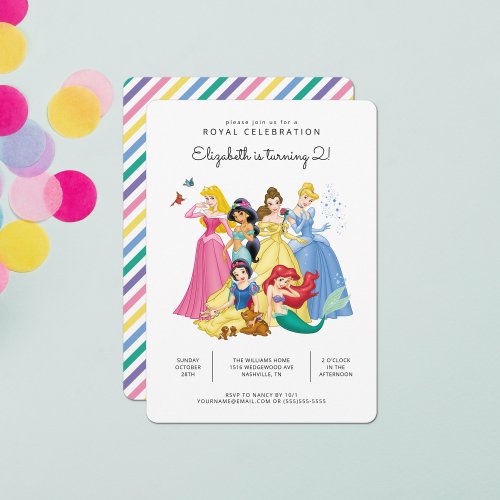

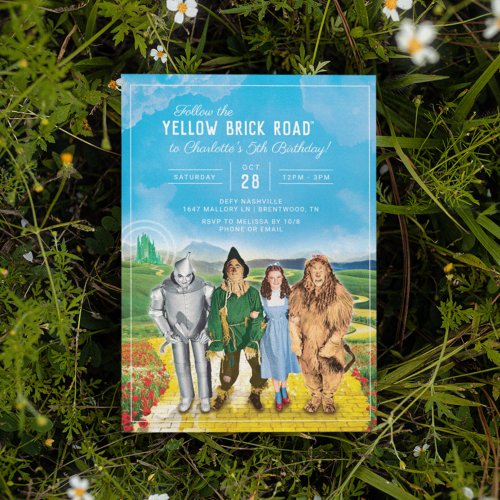


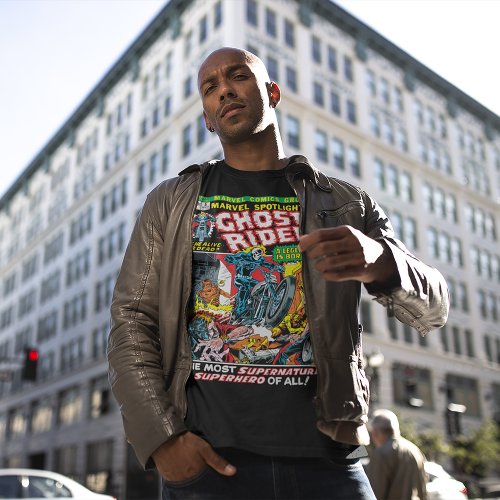





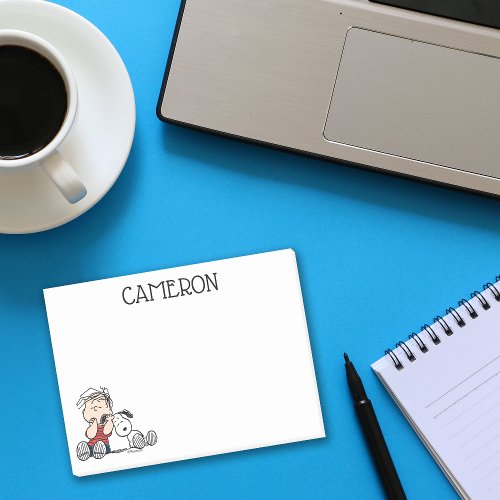

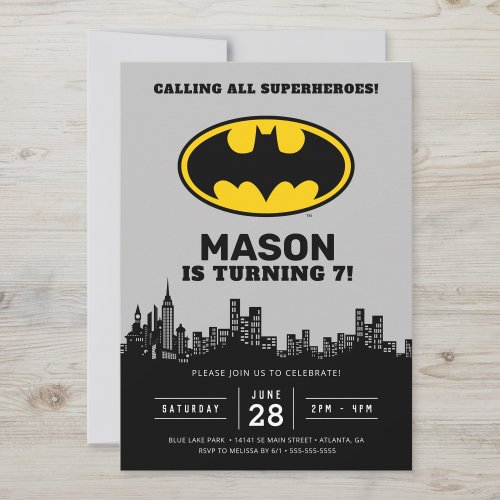


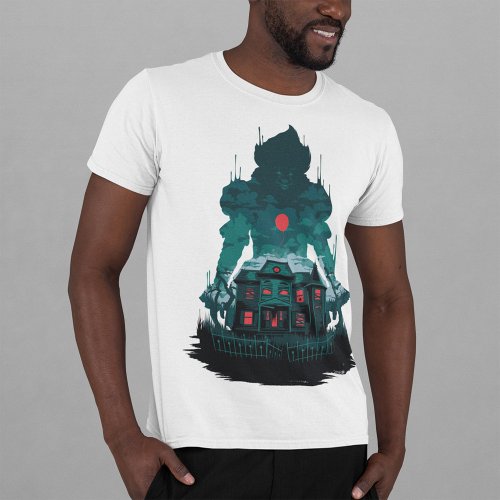
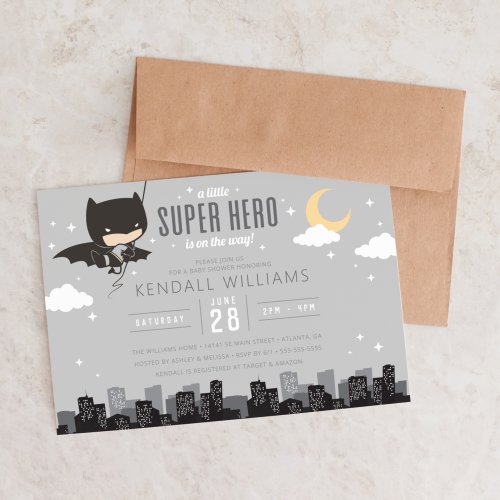
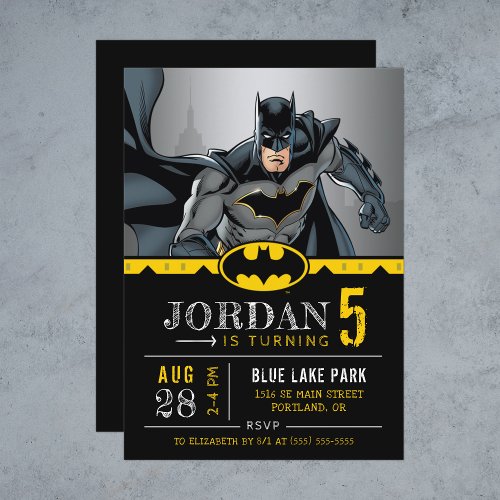





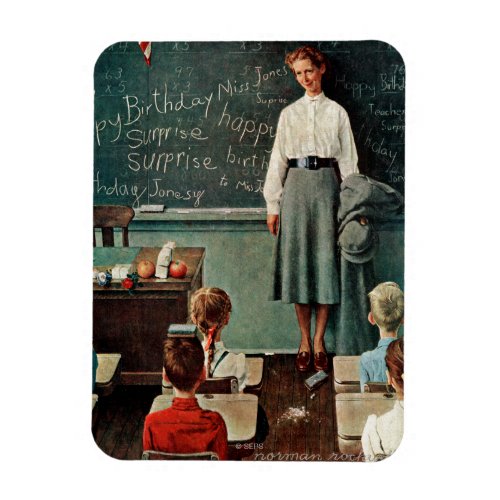

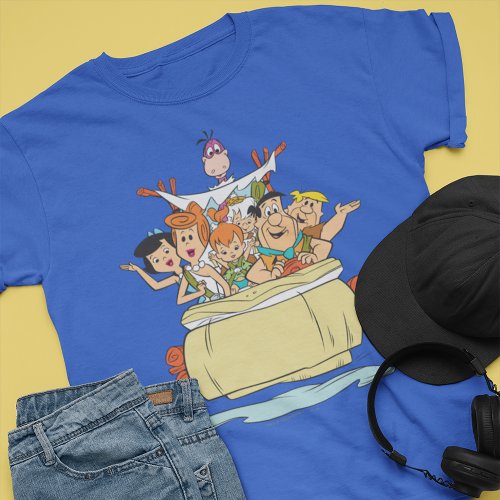





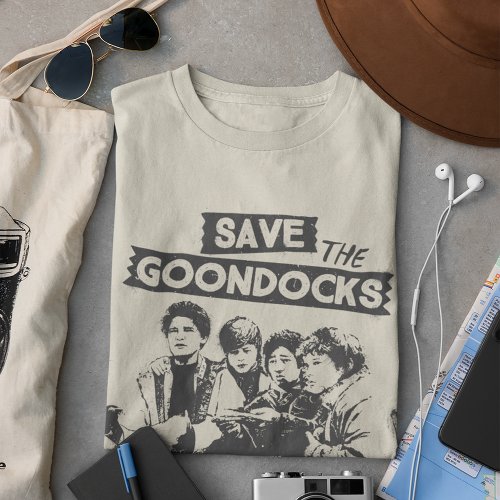






![Classic Chevrolet Chevy Corvette 27×51 inch Licensed Beach Towel [T45]](https://www.filmfetish.com/img/p/2022/04/t45-chevy-corvette-poster-01-170x170.jpg)
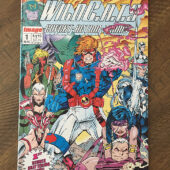
![New York Yankees American League Division Series October 7, 2000 USPS First Day Cover Bronx [224]](https://www.filmfetish.com/img/p/2020/07/yankees-american-league-div-series-2000-postage-0224-01-170x170.jpg)
